FIR Audio e12 Electron Series Universal IEM – Strength Of A King
FiR Audio e12 from the Electron Series is a $1799 USD IEM or In-Ear Monitor designed with a plethora of unique technologies by FIR Audio, including the SwapX 2-Pin, Tactile Bass, and Atom Venting. Today we will dive in the world of its sound, and review the e12, comparing it to other flagships and high-end earphones, including Spirit Torino Twin Pulse Beryllium (1000 USD), Sennheiser IE900 (1499 USD), Soundz Avant (1390 USD), FIR Audio NE4 NEON 4 (2299 USD), and Unique Melody Maven PRO (1799 USD). We will also explore pairings with some of the best DAPs and sources out there, including FiiO Q15 (399 USD), Astell&Kern A&Futura SE180 (1500 USD), iBasso DX320 MAX TI (3499 USD), and Lotoo PAW 6000 (1200 USD).
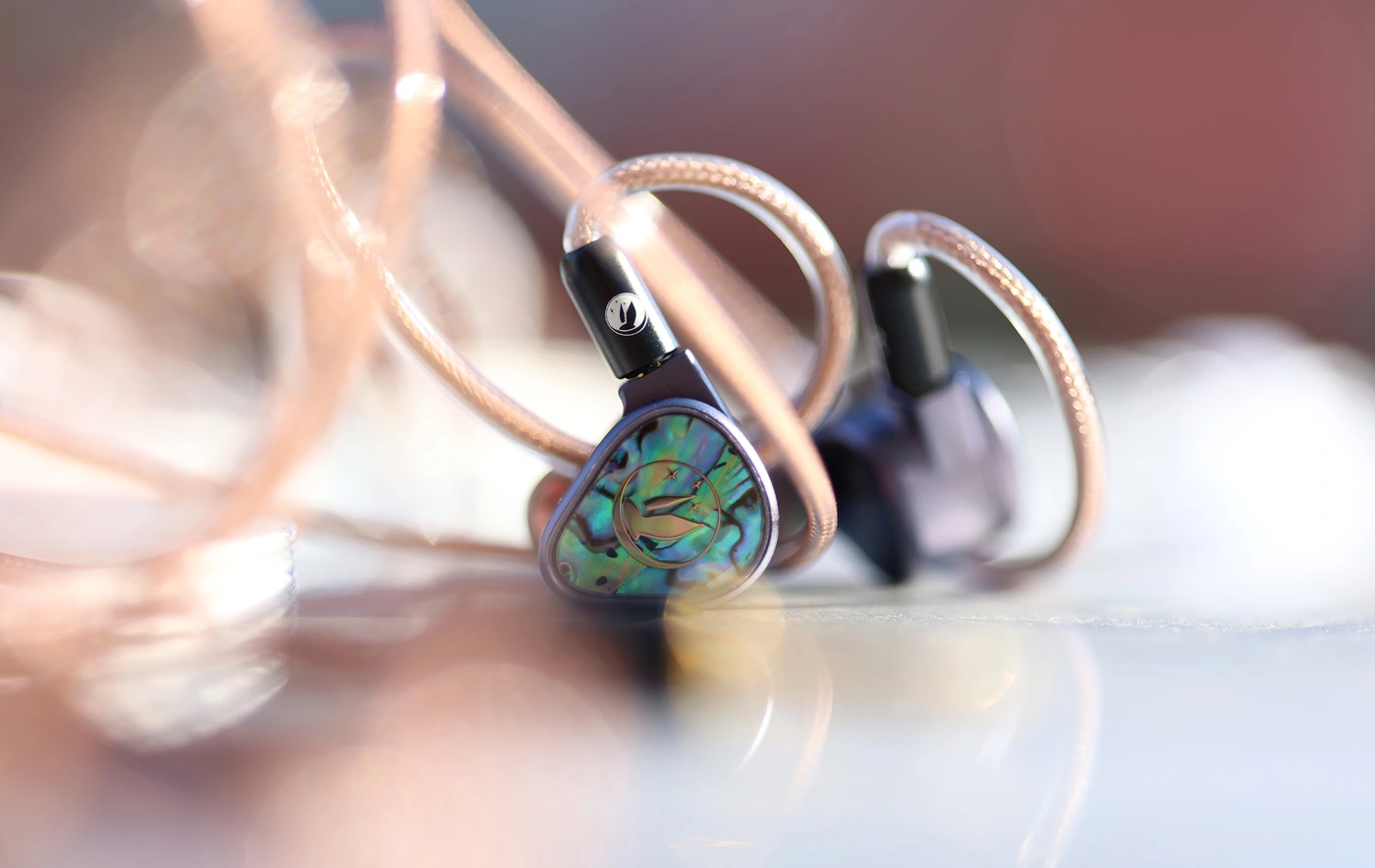
Introduction
FIR Audio is a company that pioneers new technology and doesn’t copy designs and pieces from others, being a development force behind the IEM industry. The e12 we are reviewing today uses multiple new techs, and achieves a whole new sound, although following parts of what made us fall in love with both NE4 and VxV in the first place. FIR audio products are available from their own website, and also from other high-end audio shops. As an Amazon Influencer, I earn from qualifying purchases, and using the purchase links in my reviews helps me maintain this website and youtube channel. I thank FIR Audio for providing the sample for this review, in exchange for my honest opinion.
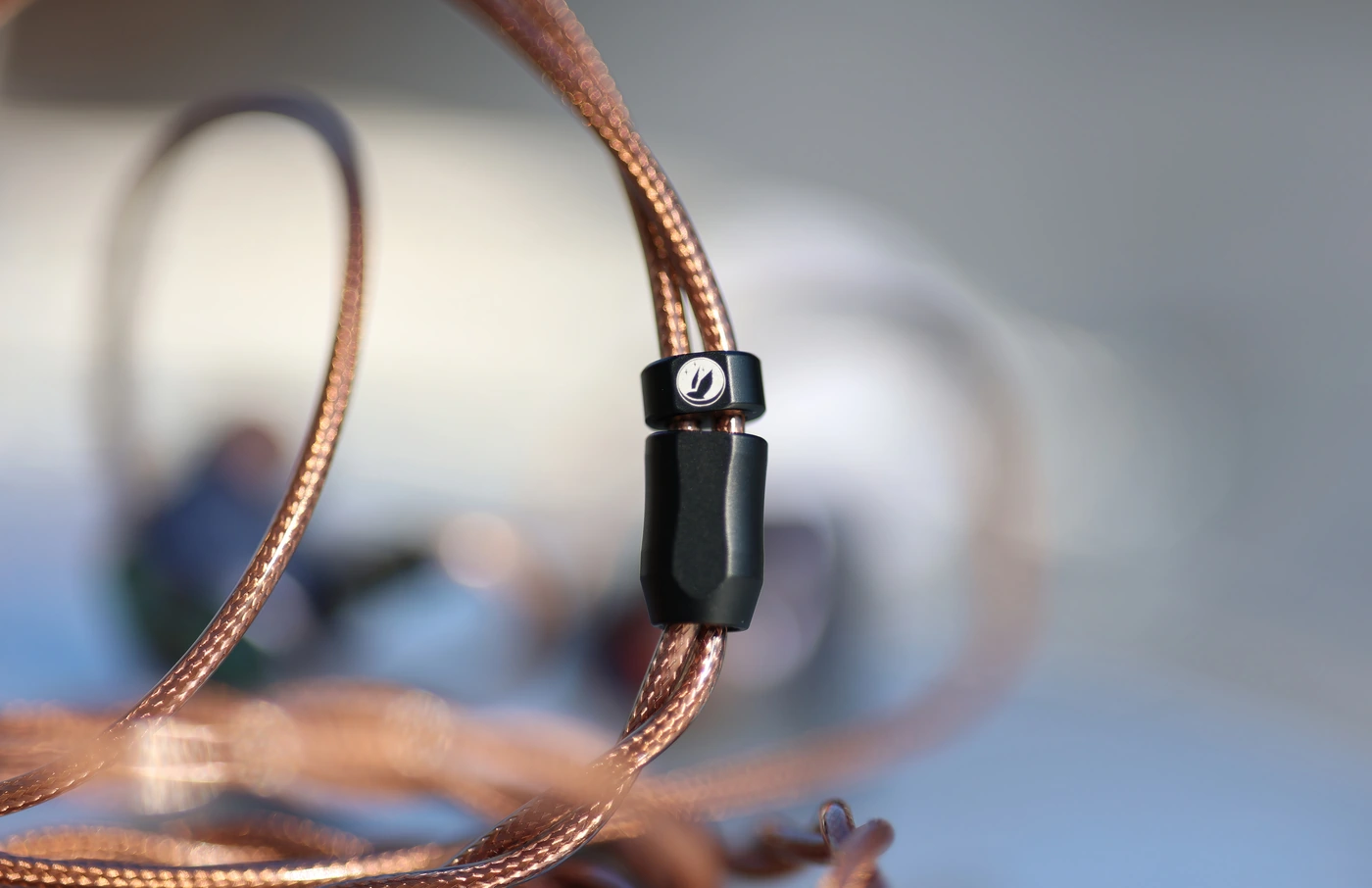
PROs – Fully serviceable, Excellent build quality, Dynamic Sound, Revealing, Bass Depth, Bass Quantity, Wide and Deep Soundstage, No Wearing Void / Pressure, Reaches 20 Hz easily, High-End cable included, Durable Shells, Transparent Midrange, Fast and articulate sound, Genuine leather transport case, Versaile sonic signature that works for all music styles.
Cons – Additional faceplates can be pricey, Bass can be too much for some, Default tips are hard so it may need aftermarket tips, Sensitive to high output impedance.
Product Link
You can grab one from Fir Audio Officially here – https://www.firaudio.com/store/electron-12
You can grab one from www.amazon.com here – https://amzn.to/3USf5qm
If you’re in the UK, you can grab one from www.amazon.co.uk here – https://amzn.to/48shlrz
And if you’re from Europe, you can grab one from www.amazon.de here – https://amzn.to/3SVWWWf
Build Quality/Aesthetics/Fit/Comfort
Most IEMs allow you to change parts of them, like filters, to slightly influence the sound, but so far none really allows you to change the faceplate, to change the looks, and here is where e12 comes in. FIR Audio developed the new Swap X technology, which allows you to replace the faceplate of the IEMs, with a simple pulling and putting in the new one, as they are held in place by magnets. The swapping technology doesn’t stop here, and we have the whole IEM being held in place by screws, and while resin is a popular material for IEMS, it doesn’t allow service, so FIR Audio made the e12 to be serviceable, a flagship to last beyond the others. Even the 2-Pin connector is SwapX based, and it is rated for 1000 connections, one of the highest-grade IEMs available in the whole world. To sweeten the deal even further, the whole 2-Pin connector is easily replaceable, so you’ll never truly be able to destroy the e12. Swapping the faceplates has no impact on the sound of the e12.
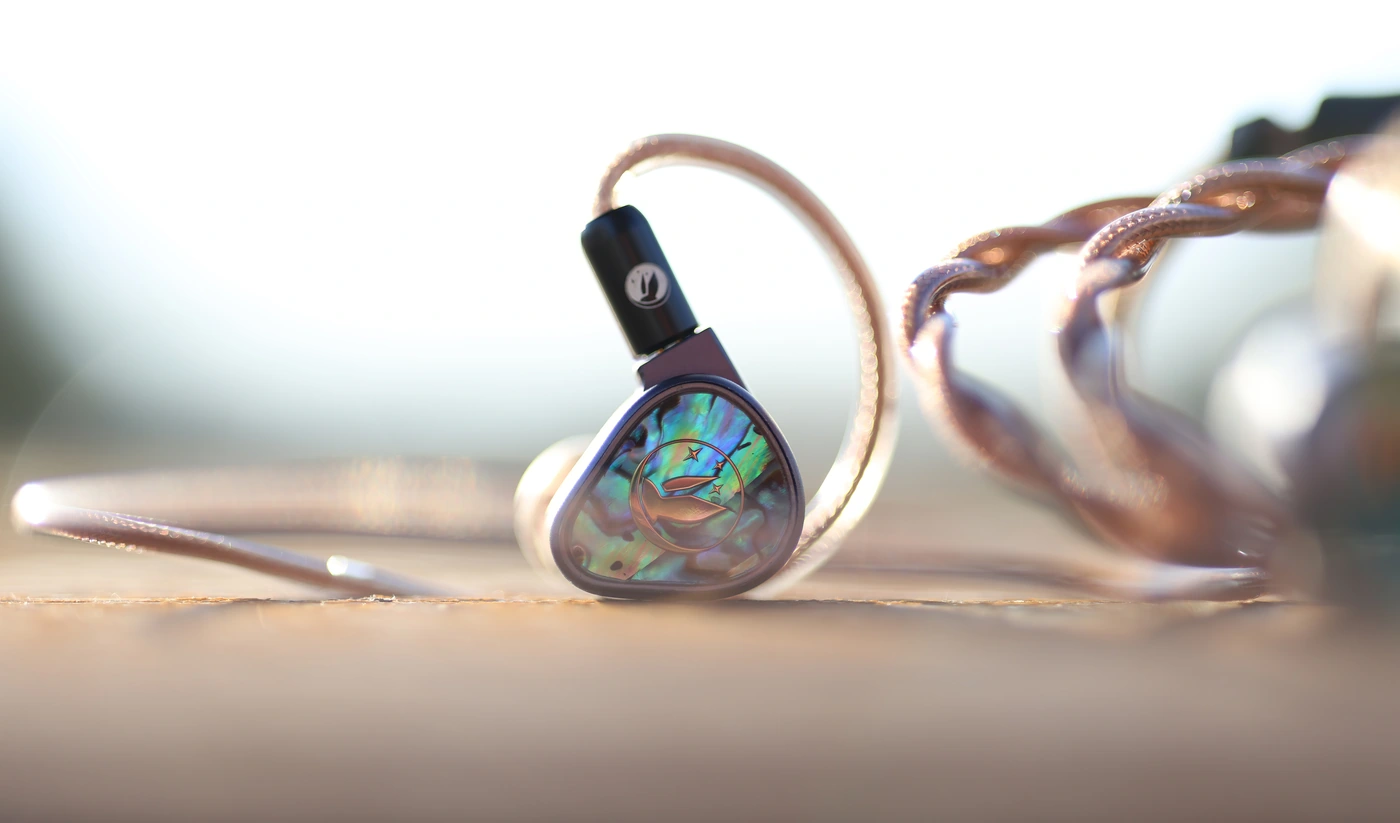
Beneath the shell, we have a large 12mm electro-dynamic driver, which is coupled with the IEM chassis, allowing the whole IEM to act as a secondary transducer for the low frequencies, as e12 becomes a whole Earphone-conduction mechanism. This design should improve the bass depth and low-end extension, and FIR Audio names it the Tactile Bass Technology, the whole aluminum shell proving to be a good maco transducer when coupled with the actual 12mm driver inside. All across the IEM and the cable, we have the cute rabbit branding and since we have three rabbits as pets, we like this whole rabbit branding of FIR Audio.
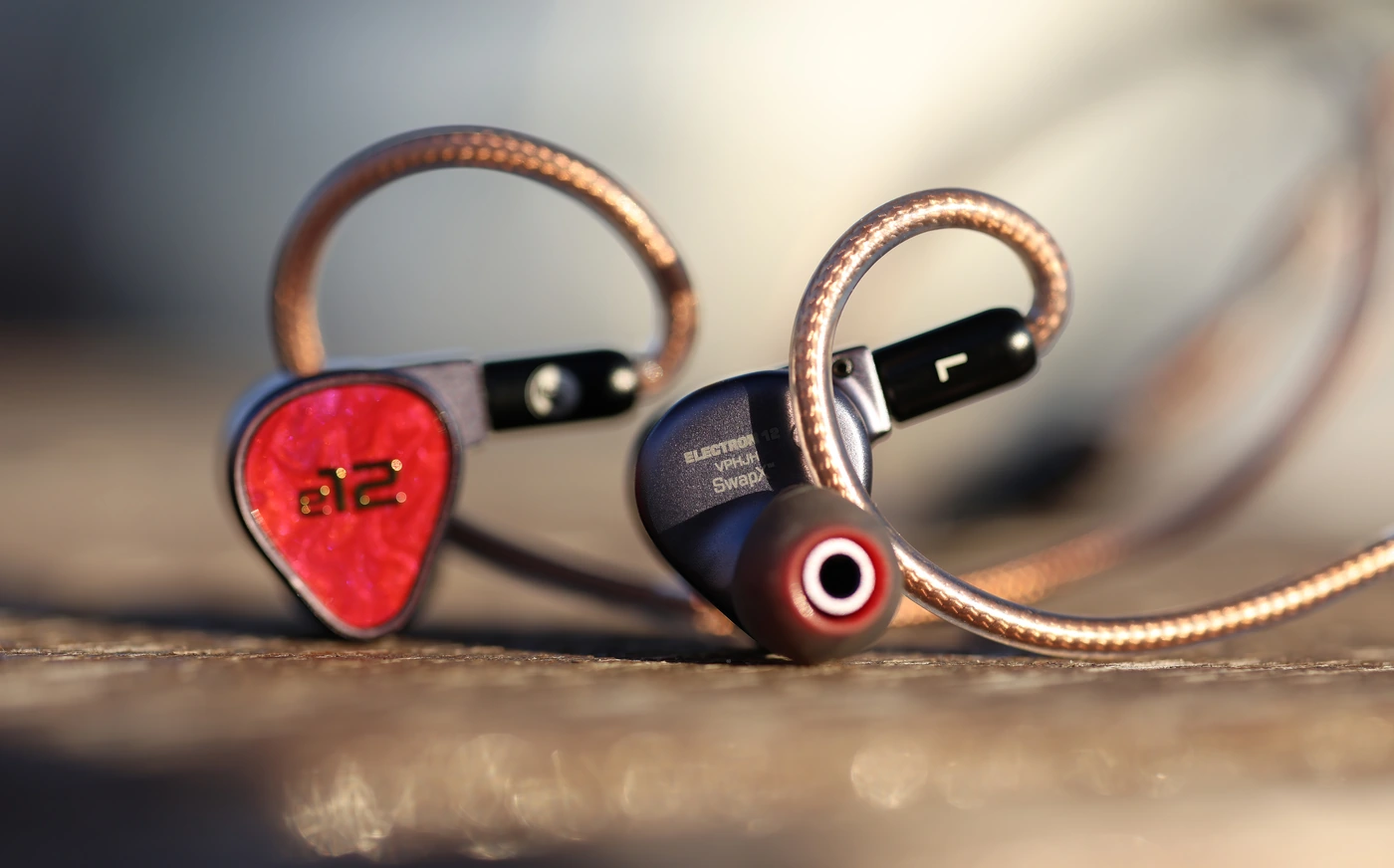
FIR Audio also implemented a new Atom Venting, which is proprietary tech they use to eliminate pressure from the IEMs, and allow you to wear the FIR e12 for long periods of time, and have a longer, relaxed listening session from the wearing fatigue perspective. The exclusive Atom venting system allows FIR Audio to pursue a wider soundstage, a more listening experience, and a better overall instrument definition. As FIR Audio went for a single dynamic driver with their e12, it has the most cohesive, tight and tied up together sound with no phase delay or group delay issues that can arise from using multiple balanced armature drivers. There can be a bit of driver flex if you insert the IEMs too quickly in your ears, so make sure the process is done slowly and carefully. Driver flex will not damage the drivers, but will give you anxiety that you can break something.
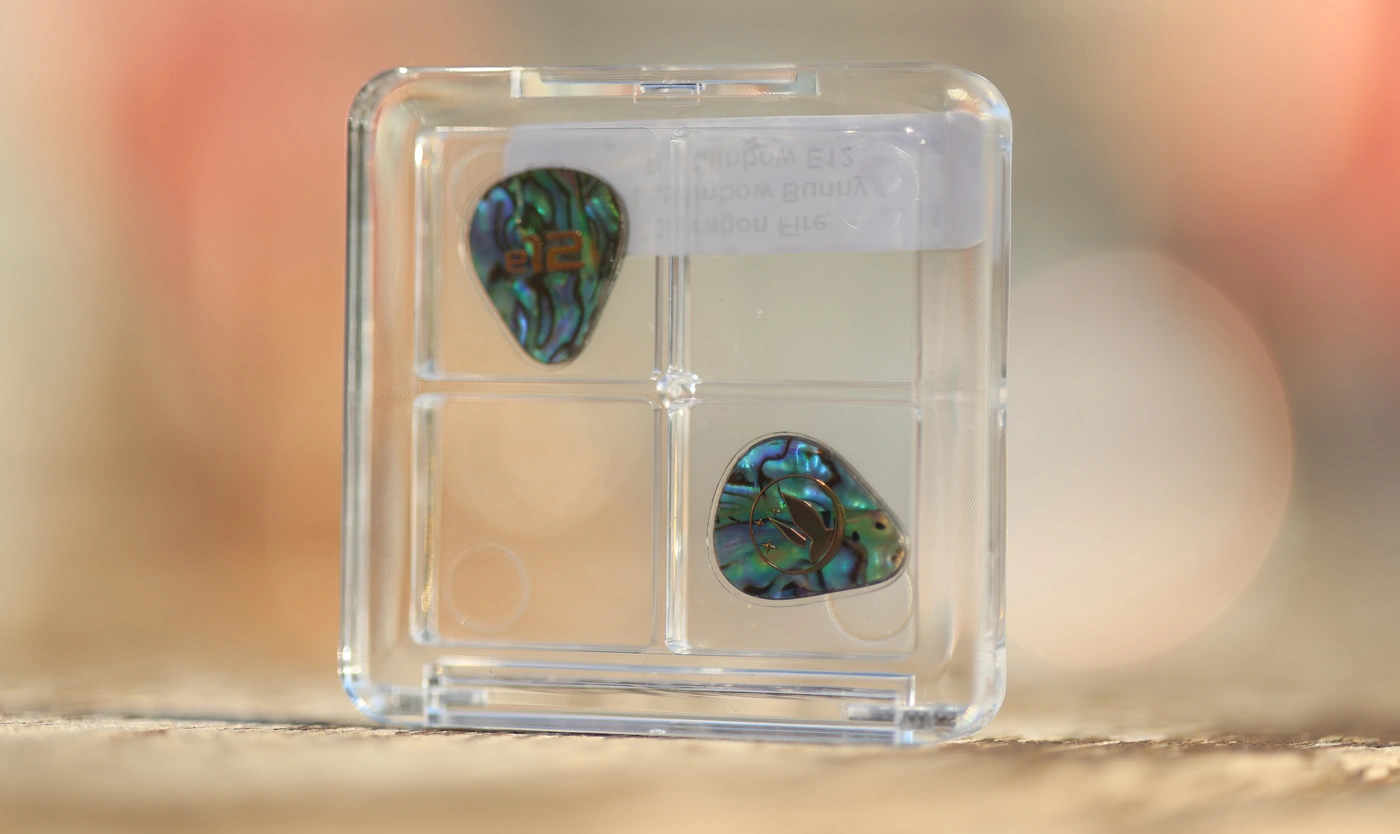
To top it all, FIR Audio e12 comes with one of the best cables in the whole world, a stunning 8-braid Purse Silver Oxygen Free Cable with Copper shielding in a clear jacket. The cable is flexible, but doesn’t move easily. It shows a bit of memory effect, if it has been winded too tightly, but that loosens up and in a couple of minutes. As the cable is quite thick, you get minimal microphonic noise, and most of that noise is in the shape of very deep, low-end rumbling when the cable touches something.
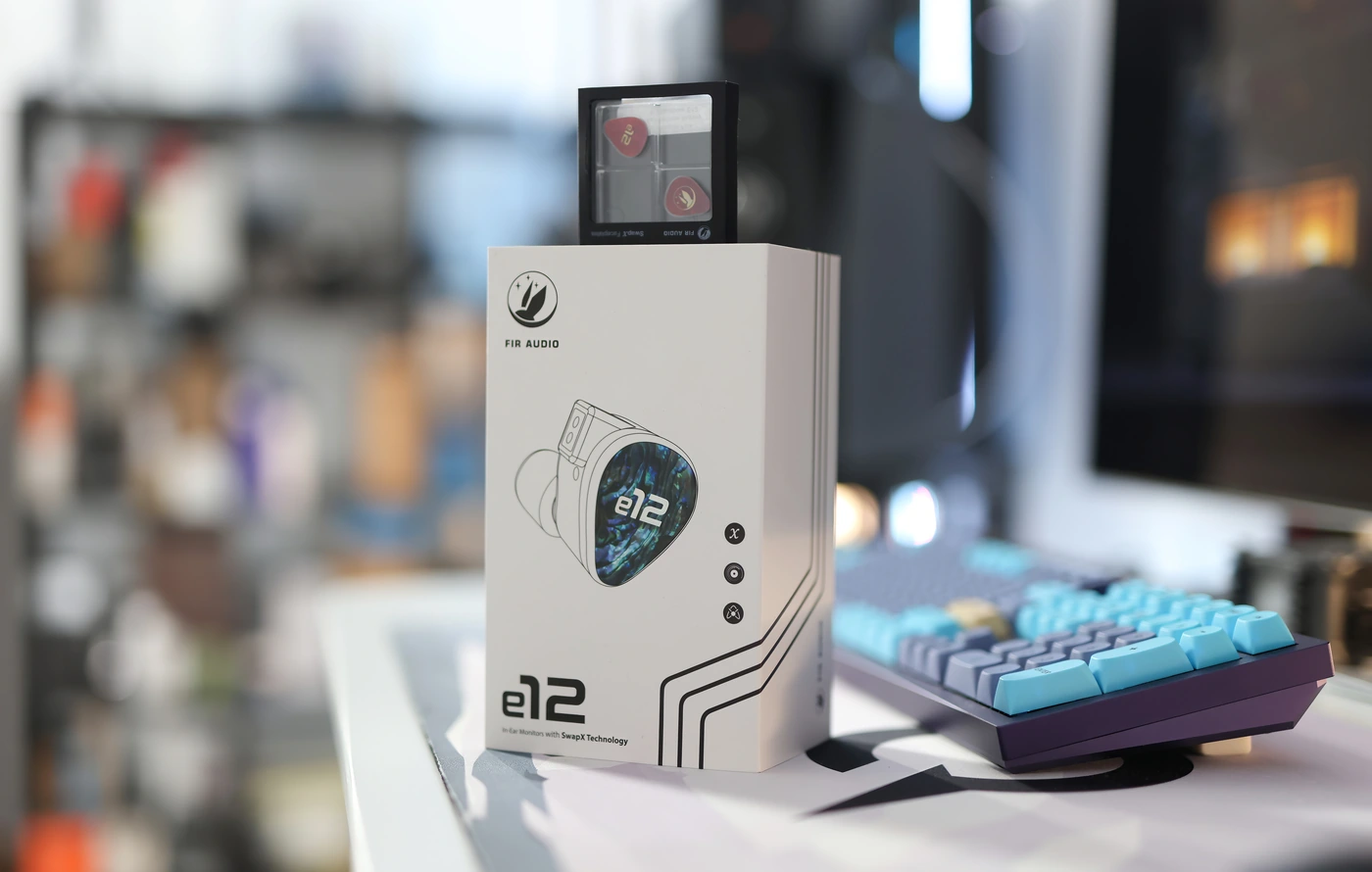
Subjectively, I found good comfort with ddHIFI ST35 Tips as the default tips are quite hard and my ears don’t get a seal with any of the sizes. The foam tips are great, and there are three pairs included in the package, but I still have a better comfort with a softer silicone pair of tips. FIR Audio quotes a passive noise isolation of -17 dB, which is one of the most honest ratings I’ve seen, and I would say the IEM offers an even better 20 – 22 dB of passive noise isolation in practice. The bore of e12 is longer than for most IEMs, and there is a less defined lip on the bore, which allows you to use most aftermarket tips just fine. Looser tips may fall off, or tips that push hard against your ear, like foam tips, and foam doesn’t really provide a more secure fit for me, so unless you know you like foam tips, I really would recommend a soft silicone tip like ddHIFI ST35.

With an impedance of 16 OHMs, FIR Audio e12 is quite sensitive to background noise, and will show background hissing with sources that have a high output impedance. This typically is not a problem with single ended outputs, but with balanced outputs, I’ve heard background hissing from FiiO Q15. This being said, I was not able to hear background hissing with iBasso DX320 MAX TI, or Astell&Kern SE180. FIR Audio e12 is not sensitive to background noise otherwise, and it gets loud easily, so you don’t need to concern too much about how to get them powered up.
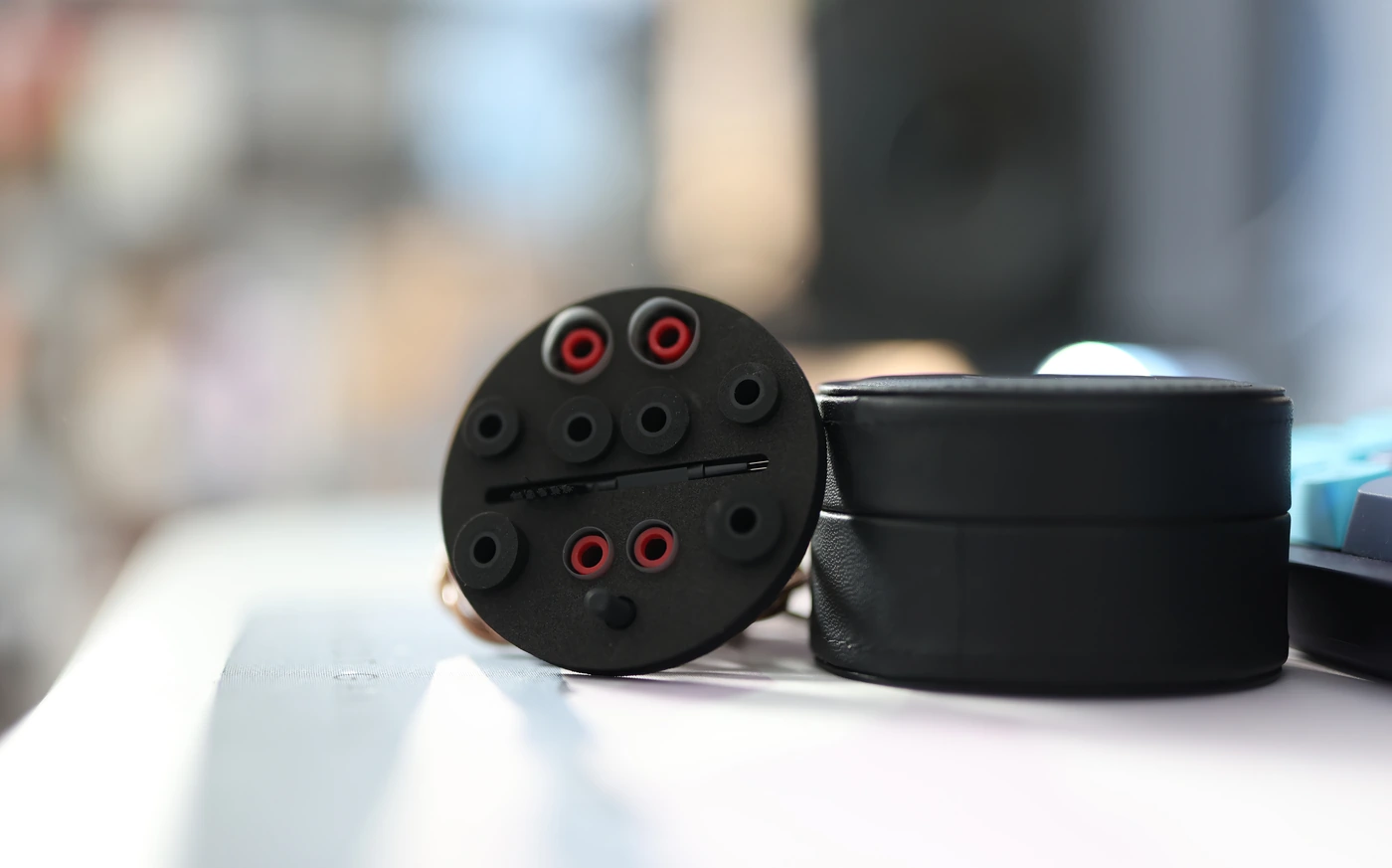
For this review, I’ve been using a large number of sources, including Shanling UA4, HIDIZS S9 PRO Plus Martha, HIFIMAN EF400, Aune S9c PRO, Hiby R6 III, SMSL DO400, Audioengine d1, iFi Audio Go Bar, and ddHIFI TC44A. FIR Audio e12 sounds best when paired with a brighter, more neutral source than a smooth and dark sounding source, and it also needs a source which is designed for IEMS, as it has an impedance of 16 OHMs. This means that the source needs to have a low output impedance for the balanced output, if you go with a 4.4mm balanced cable. I tried other cables too, including Astral Acoustics Pulse, and STE AG W16, but the default cable is already quite excellent, and aftermarket cables do not change the sound much, so in my experience e12 is not sensitive to the cable upgrade part. Especially because I am happy with the ergonomics and build quality of the default cable, I don’t feel compelled to upgrade it.
Sound Quality
Overall Signature – The default sonic signature of the FIR Audio e12 can be described as bombastic, dynamic, punchy, deep and with a powerful rumble effect. The bass is the central element, not because it is too much, but because it sounds so deep, powerful, and hearing an IEM that can reach 20 Hz on the tap, makes me understand just how rolled off and recessed all of the alternatives are, e12 presents bass as it should be, powerful, deep, lush and strong. We have a V-Shaped sound, with the midrange being recessed compared to the bass and the lower treble, which comes back with a bite, to give instruments articulation, definition and aids in the soundstage / width / depth feeling. You could argue that FIR e12 is one of the most dynamic sounding IEMs out there, and it really doesn’t struggle to show its power and strength at any given chance, pairing really well with rock, metal, pop, electronic music, and basically everything, even classical, jazz. Arguably, e12 is the only IEM that can handle classical as well as metal, and this is easily audible if you listen to Apashe, an artist that combines classical elements with dubstep and even metal elements in his music.

Bass – Starting from the bottom, we have the sub bass. This is not just any sub bass, but the sub bass that can reach 20 Hz, rumble your ears, head and jaw, you can finally hear the sub end low notes with all your music, including Attila in their Proving Grounds Song, where it is a groovy, powerful and strong bottom line of a bass, with the cymbals playing in line with the drums and the bass, while the voices are pushed behind the bass line and the drums, and guitars playing in the background. The staging of the sound is impressive, it feels like the band is playing all around me, including behind, with the song having one of the most punchy and dynamic presentations that I heard. The bass is articulate, clean, and has a clear, well defined texture. The bass tends to be strong from the sub-bass all the way to the mid bass, but it slows down a bit on the upper bass, avoiding bleeding into the midrange or sounding boomy.

Midrange – FIR Audio knows how to make a transparent sounding midrange, it allows the tonality, texture and sound of each instrument and voice to be presented perfectly natural, you hear all voices, from YFU Baby, to Enter Shikari to James Hetfielf from Metallica to sound realistic, as if they were in the same room as you and not a recording, articulating every spoken word and played note to resonate true and have just the perfect tone and texture. While we have a full and thick presentation of the bass, the midrange sounds more dry, natural, it has a speedy, quick and punchy presentation, where female voices are allowed to shine, shimmer and present emotion and nuance. Thanks to the present bass and resolution, all instruments bear body, presence and definition, e12 making not just the bass guitar, but also the lead and the rhythm guitar in songs like Enter Shikari – pls set me on fire easily audible, juicy and vivid. The voices are presented closer to the listener than the instrumental part in this song, but not enough to call the presentation intimate, and drums also bear a full, lush presence which is contoured by the sharper lower treble which adds bite to the sound.
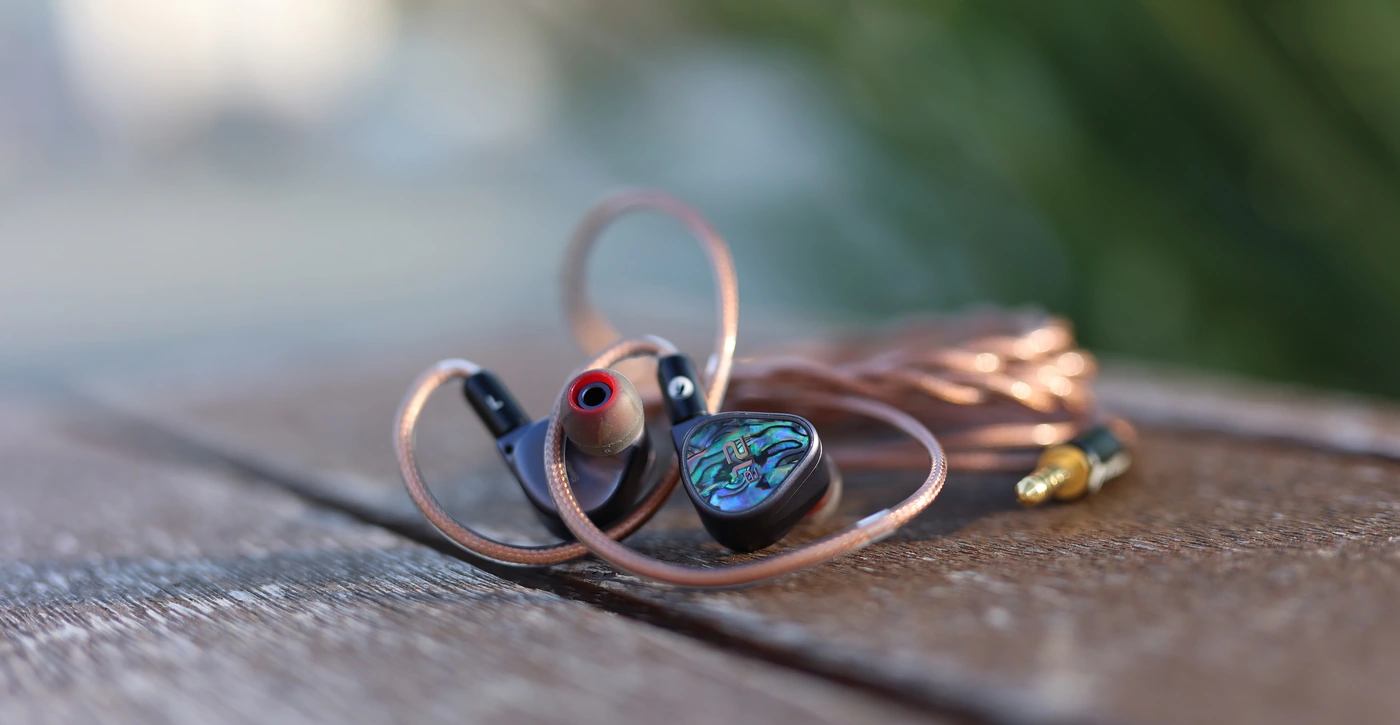
Dynamics / PRaT – Dynamics as presented by FIR e12 are in a class of their own, music just comes at you, comes alive, and e12 sounds better, the louder you take them, as the sound gets sharper, more direct, but bass stays clean, clear with no distortion even above 110 dB. As you’d expect, electronic music played on e12 is like going to a club, and even better, as the space in which music is played in the e12 tuning is well defined, instrument separation is much better than you hear in most club settings, and crisp textures are revealed precisely, without losing edge. The single dynamic driver and its cohesive sound help a lot, as all parts of the sound have the same speed. A good song to test texture, dynamics and transient response is Dance Gavin Dance – Son Of Robot, as the song starts soft with a piano intro, which has no grain and little texture as presented by e12, but then the drums start playing with a healthy amount of strength and punch. Tillian’s voice is ethereal, realistic and the tonality is darn perfect. John Mess’s screams in the song are sharp, but avoid being shrieking or fatiguing, rather musical and screamed from the soul, e12 is able to capture the energy and emotion presented by a band such as DGD. I am mesmerized by the playful guitars playing in the background, both lead and rhythm, with the guitars having a really wide, 3D presentation, widely in the right and in the left ear, and guitars have this grain-free, smooth, ethereal sound that’s simply delightful for DGD, but which is present with virtually any band I listen to and enjoy.
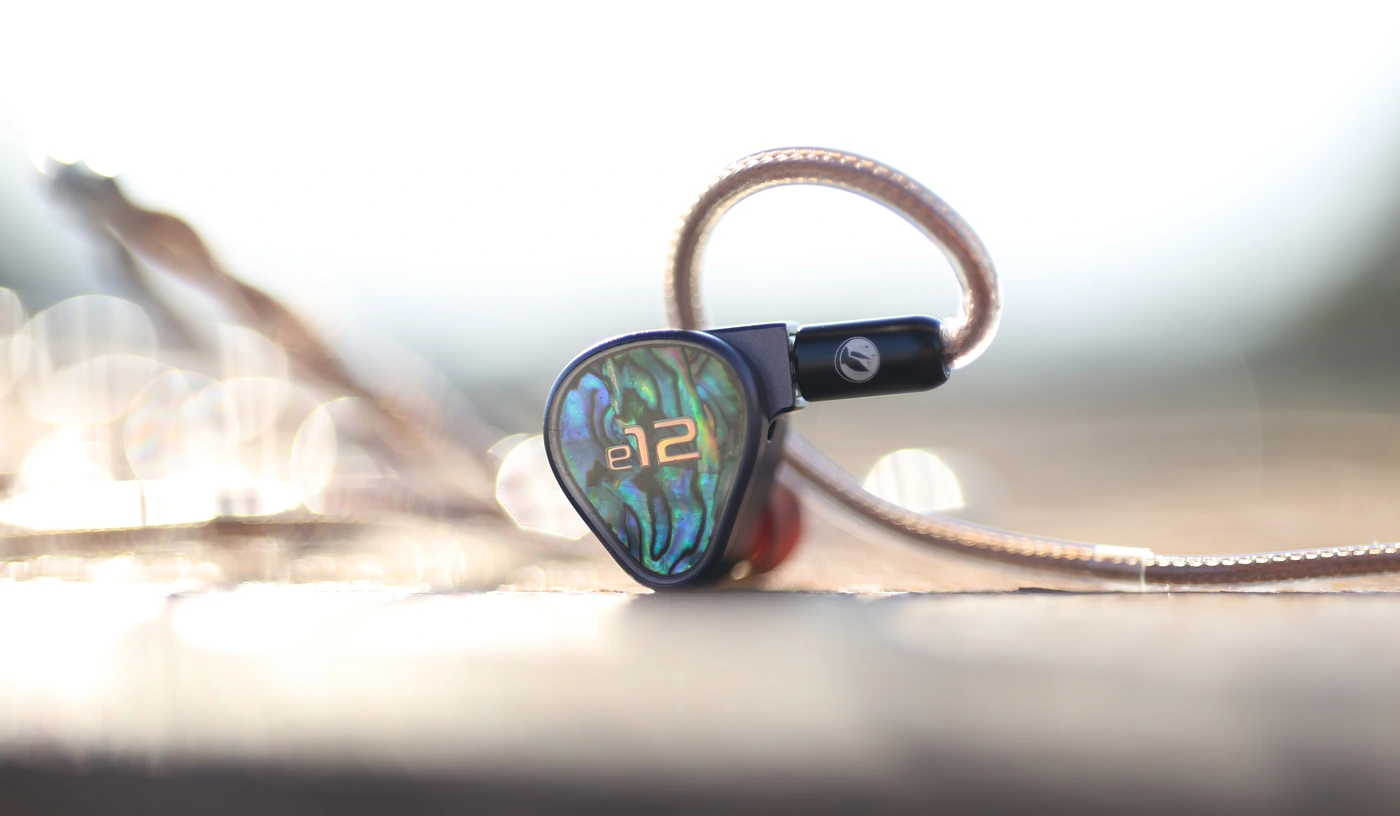
Volume Control – Ever since reviewing the Dekoni Cobalt, I realized just how important is to explore what volumes an earphone, and just anything in audio plays best at, and FIR e12 plays and sounds best at higher volumes, with the sound being both dynamic enough, but also articulate enough, while avoiding being too strong and going overboard. At medium volumes, e12 is just sweet and delightful, but it tempts me to always increase the volume, there’s just too little distortion and aggression in the sound to stop from going louder and louder. At minimum volume, the sound is crisp, clean, and warm, while the bass is fully audible, controlled and articulate, with the midrange being sweeter and more relaxed than at higher volumes, and the treble gets actually a bit brighter and more shimmery, as it has more power to extend. At the higher volumes, the effect of the bass overtakes the treble in presence and strength, resulting in a more powerful and punchier sound, but less treble presence. As the transient response of e12 is just right, maybe a touch dry in the midrange, you always hear sound controlled, with no added echo, or delays, rather the soundstage and instrument separation being results of the driver’s ability to resolve details and clearly point to each sound in the stage. A good song to test volume control is Fall Of Troy – The Circus That Has Brought Us Back To those Nights (Yo Chocola), where e12 sounds really playful all across each volume range, but best at highest volumes, where rhythm and lead guitars are pushed laterally, the drums play authoritative in the middle of the frame, and the sweet clean voices play behind the drums, with a clear source point, while the screams fill the entire soundscape neatly leading to a complete listening experience. Each guitar note is really well defined at all volume levels, which shows just how much control is in e12 for all volume levels.
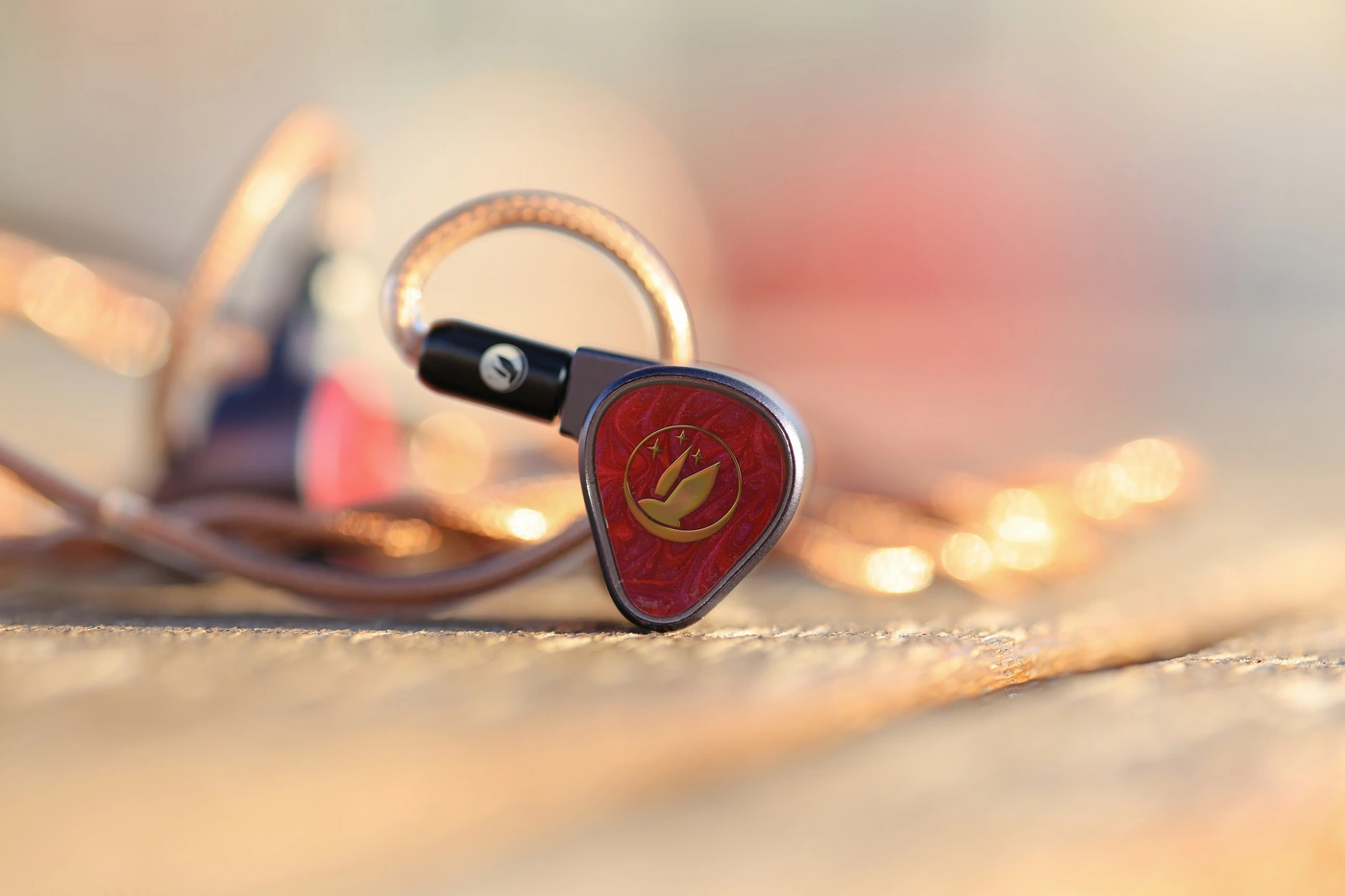
Treble – FIR Audio is known for having most of the energy in the lower treble, and this has been the case with the NE4 Neon 4, and is the case with the e12, which presents a really sharp, but controlled treble in the lower treble, between 7 and 9 kHz, with the treble softly rolling off above the 11 kHz mark. This results in excellent detail, but cymbals have an audibly shorter decay than I’m used to hearing. The mastering and mixing of a song will shine through quite easily too, a good song to test this being Monsieur Mustache by Eskimo Callboy, which in the 2010 album has almost no extension in the upper treble, and sounds limited, but sounds open, holographic, and there is good information in the treble in the MMXX album released in 2020. This is because the band used an entirely different setup when recording, mixing and mastering the song, it is a full re-record, re-interpretation of the song, but if the same album can sound so different across two albums, it is not that e12 doesn’t have treble extension, rather it needs a strong extension in the album to show it, and will show it when an album has some rolloff in the upper treble. A quick check of the Spectrogram of each song shows that the 2010 version of the song has very little information in the higher registers, and e12 actually is faithful to the source, as the 2020 version shows a lot of treble shimmer and presence, which is indeed played by e12.
Comparisons
FIR Audio e12 vs Sennheiser IE900 (1799 USD vs 1499 USD)
Build – IE900 is made of metal, just like e12, and it is smaller at the IEM level, but the eartips of IE900 don’t work for my ears, and I have to use ddHIFI ST-35 for both IEMS to get a good seal. The cables of IE900 are 3 in number, of individually each one of them is of a lower quality than the cable of the e12, as e12 has a thicker cable, which conducts less microphonics, is more flexible, and has a soft ear guides, all points which help a lot with the comfort. IE900 is much lighter, but as you have to deal with a solid guide cable, the cable itself can pull the IEM out of your ears at times. IE900 has less noise with high-impedance sources, and it is a bit harder to drive, being easier to pair, and both IEMs have about the same level of passive noise isolation, noise isolation profile, and about the same level of leakage. Overall e12 is bigger, but far more comfortable than IE900, and ie900 does not allow you to replace the default cable, as the MMCX connectors are not universal, which I see as a serious minus, as my only gripe with it is with the default cable.
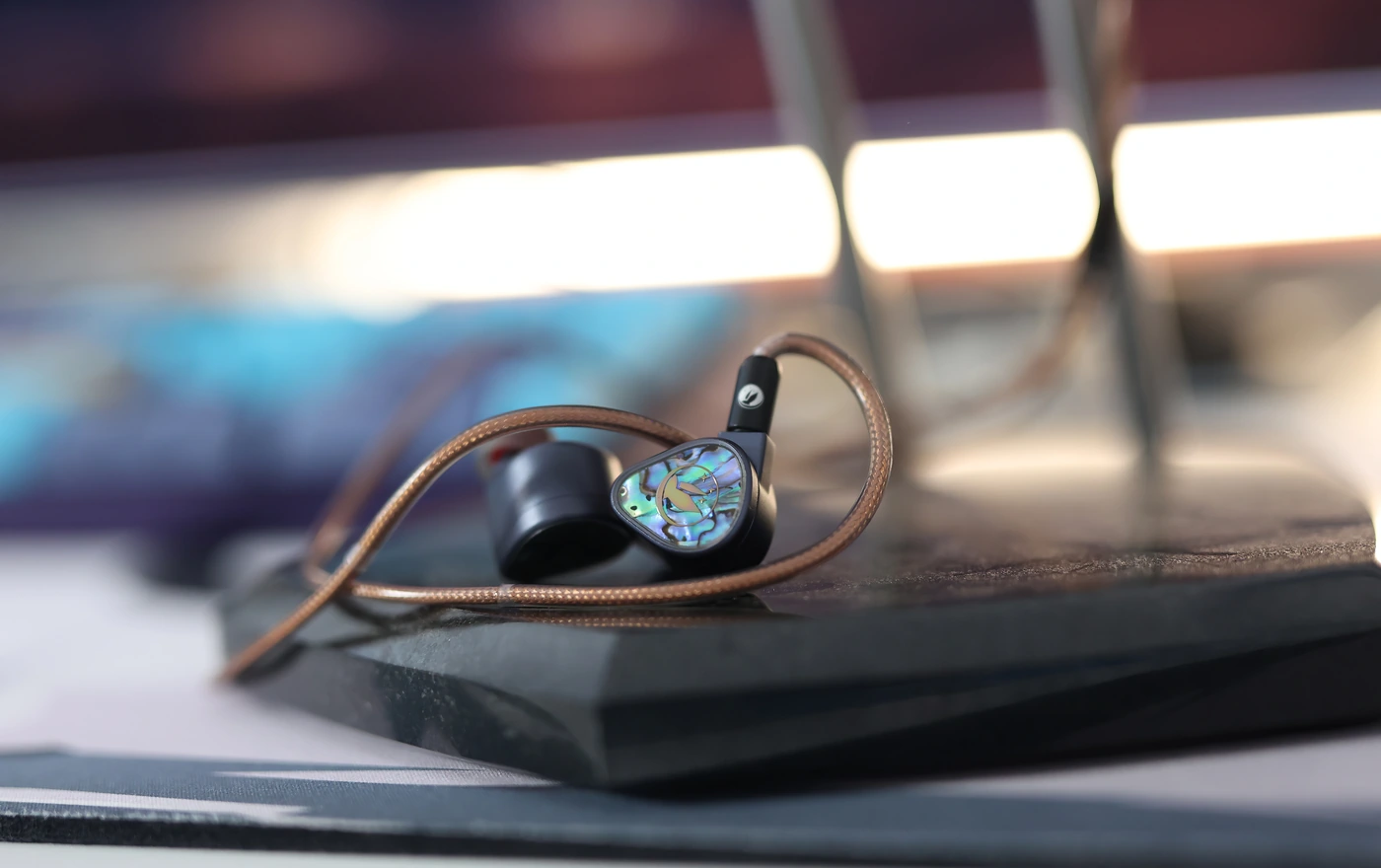
Sound – Starting from the sub bass, both IEMs can touch 20 Hz, but e12 will touch that range with any song that has any information in the sub lows, it will always present the bass guitar as a forward instrument, and it will always keep the drums playing in the foreground, while IE900 have a softer, leaner presentation with lower levels of thickness and bass guitar presence. IE900 actually could be said to be more neutral and linear, in comparison to e12, and the midrange of e12 is more detailed, has better definition for each individual instrument, it is cleaner and has lower grain than that of IE900, but the super strong bass could be said to help with this as well, as e12 uses it as a definition element for its sound. The treble extension is higher on the Ie900, it has more energy, more shimmer and more sparkle, but it is less faithful to the source, and the same way e12 will always reveal and bring forward the bass, ie900 will reveal and bring forward the treble, air, high-end energy in a song. Ie900 is for sure more fatiguing just thanks to the raw treble energy alone, but the e12 also has quite a bit of power in the lower treble too. Overall, e12 is more detailed, and more beefy, and at the end of the day if you want more treble and less bass, Ie900 will be the one for you, while if you want a really beefy, bassy presentation with a lot of meat, and detail, FIR Audio e12 will be perfect for you.
FIR Audio e12 vs Soundz Avant (1799 USD vs 1390 USD)
Build – Soundz Avant is a custom made of resin, and it feels like a custom, soft and biocompatible to the touch, but they come with a very basic, entry-level cable, while e12 comes with a high-end cable, and a more solid build that you would trust to survive a fall. Avant has a switch for adding some extra bass, although even at max bass, it still is rather lean, so the switch isn’t all that useful for me and my typical listening. I can get an Ok comfort with the default tips of the Avant, but I also get the best comfort with ddHIFI ST-35, while with e12 I need the ST-35 to get a good seal. The transport case of Soundz is made of metal, while that of e12 is made of genuine leather, so here the favorite will be a matter of preference. It is easy to drive both, and both are about equally sensitive to source hissing, output impedance and noise, and to source quality. Soundz avant isolates a bit more than e12, being based on a custom that has a high level of passive noise isolation.
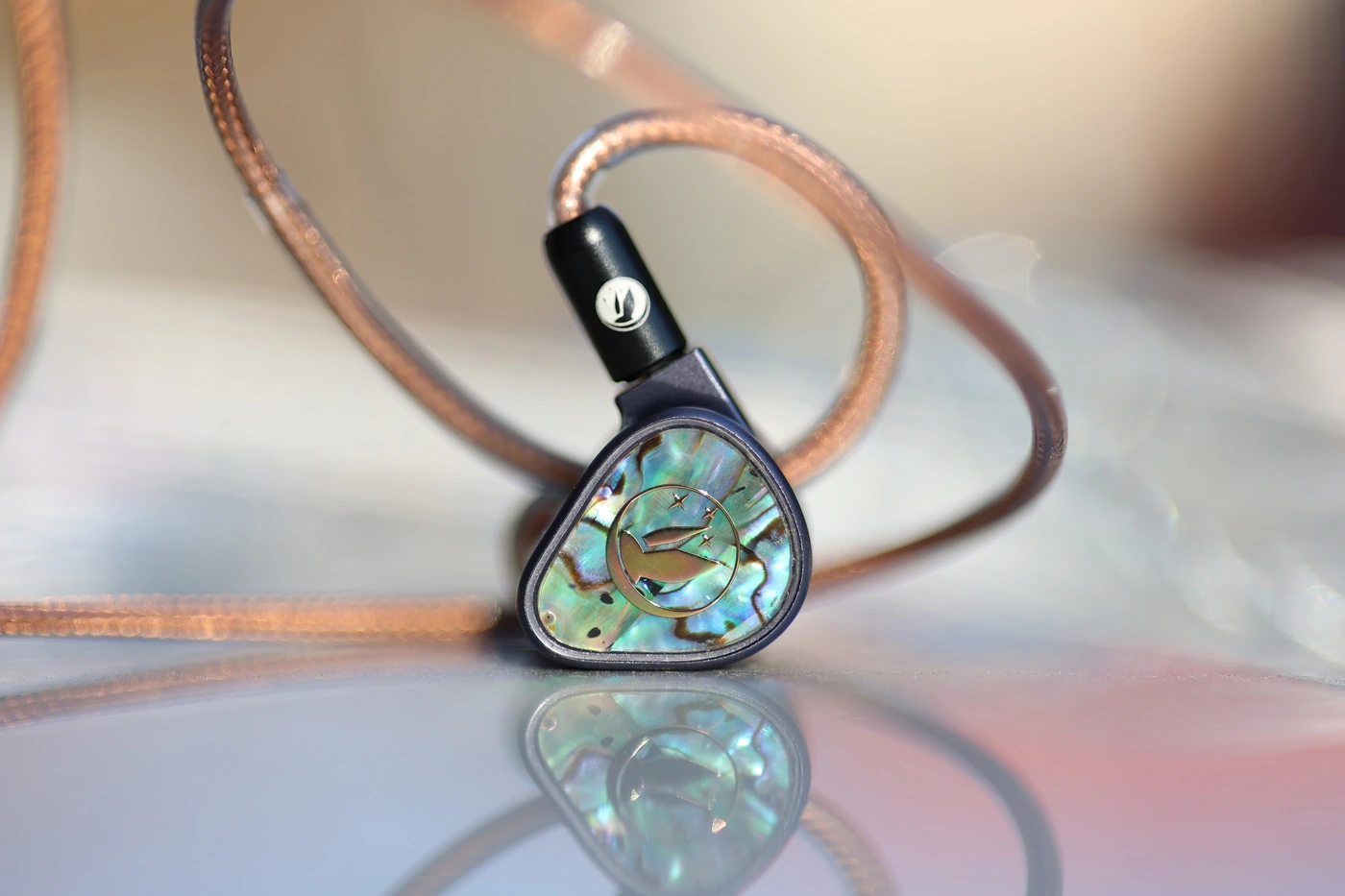
Sound – Soundz avant is really nifty for voices and for acoustic music, plus it sounds romantic, but the bass of e12 is deeper, fuller, more lush and has better control, and much more presence. While e12 can bring any instrument forward and in your face, Soundz Avant sounds warmer and leaves the sound to be more natural, less powerful and less bassy. The midrange of the Avant is warmer, it is a leaner IEM that can present voices more forward, adding a more natural texture to the voices, while E12 creates more instrument separation, and a deeper soundstage, but has the voices placed behind the drum set and the bass guitars most of the time. The treble of the Avant extends more in the upper treble, it is sharper, and more airy, but in presence is less present than the treble of e12, which overall is more faithful to the source. Both IEMs have a somewhat warm sound, but if you’re a basshead, e12 is undoubtedly the winner, and e12 is also more detailed, having better resolution especially in the bass, but also in the midrange, while if you are looking for a leaner, more relaxed sound that brings voices more forward, without making things too intimate, Avant might be for you.
FIR Audio e12 vs Spirit Torino Twin Pulse Beryllium (1799 USD vs 1000 USD)
Build – Here we go into more esoteric territories, as both IEMS have just one dynamic driver, and both use a complex pressurization mechanism to create their sound, but Torino Pulse Beryllium can only be tamed with foam tips, as far as comfort goes, while most tips will work just fine with the FIR Audi e12. Spirit Torino Twin Pulse is harder to drive, needs more power to sound good, and needs a powerful source to sound properly driven, but it is not sensitive to noise, so beefy sources work well for them, while e12 likes a fine source with control and low output impedance. The cable of FIR e12 is better, it is more flexible and has soft ear guides, it is thicker, and transmits microphonic noise as a rumble, while the cable of Twin Pulse transmits more microphonic noise in the mid range, and it is thinner, plus the solid ear guides are not comfortable. Twin Pulse does not isolate at all from the outside noise, while with e12, I am getting most of the time even more than the 17 dB of passive noise isolation promised by the company.

Sound – Sonically, both IEM try to be as dynamic and realistic as possible, but FIR E12 sounds bassier, deeper, with less midrange presence, and less treble presence than Spirit Torino Twin Pulse, about which I was saying that they can touch 20 Hz, but will not do so unless the song really asks them for it, while e12 will easily touch and reveal sub bass information in all music, from EDM to pop to dubstep, to rock and metal. The basshead in me is more pleased with how e12 handles the bass, and it clearly has far more, far thicker, far stronger and higher resolution for the bass. The midrange is a different story, and Spirit Torino Twin Pulse has a super dry midrange in comparison to e12, Twin Pulse has all the texture, natural reverberations and micro information, while e12 sounds softer, leaner, more relaxed and recessed in the midrange. Twin Pulse brings the voices forward, right in your face and in your heart, while e12 pulls them behind the drums and the bass guitar, allowing more for a first row concert experience, rather than the jazz played in a room experience of the Twin Pulse. The treble of e12 has a bit more energy, especially in the lower treble, but has lower energy in the upper treble, while Twin Pulse has a more linear treble, which is generally more relaxed and romantic, softly rolling off all treble, and making even super sharp music soft and relaxed, while e12 is considerably more faithful to the original material. Both can be enjoyed greatly, but Twin Pulse with room music, small bands, jazz and relaxed music, while e12 is the kind of IEM that will take you on an adventure, on a rave, metal concert, any everything with a lot of jumping, life and sounds youthful and alive.
FIR Audio e12 vs FIR Audio NE4 Neon 4 (1799 USD vs 2299 USD)
Build – At times it feels like e12 is the result of FIR Audio having read my review of the NE4, because I was just looking at the photos and combinations we used for NE4, and together with Astral Acoustics Pulse, a high-end cable, NE4 really looked and sounded nice, so e12 comes with a much better cable, very similar in build and quality to the Astral Acoustics Pulse that we used in the NE4 review. Ne4 is more sensitive to source noise, showing it much more easily, and e12 is easier to pair with most sources. The shell and build quality of both is downright excellent, although I prefer the matte finish on the new e12. The wearing comfort of both IEMs is great, but the default tips of e12 are not working for my ears, while with NE4, I was having quite a bit of driver flex, which does not happen with e12, so the company is progressing in the right direction for sure. Neon 4 isolates less from the outside noise than e12, thanks to the big opening on its bellow, e12 being quite a bit better if you need them to not leak and to isolate from the outside noise.

Sound – Sonically, the two are similar in having au authoritative, articulate sound, but there are some interesting differences in the midrange, which is more transparent, and has less upper bass bloom as presented by e12, it is cleaner, and has better articulation, while the midrange of ne4 is more romantic, a bit fuller, and thicker, with a slightly slower transient response and longer musical note decay, while e12 is snappier and quicker in the response. The midrange e12 sounds a bit drier, while NE4 has a wetter sound. The soundstage is deeper on the e12, but wider on the NE4, and ne4 has a better upper treble extension, although both show a similar tendency to softly roll off the treble above the lower treble. It is becoming more and more apparent that FIR Audio as a house sound in general avoids overexpressing the upper treble unless it is present in the original recording, so I would say I am having a good time exploring my older collection and learning more and more about which albums were recorded properly.
FIR Audio e12 vs Unique Melody Maven PRO (1799 USD vs 1799 USD)
Build – Both e12 and Maven PRO have metallic shells, although the shell of Maven PRO goes for a more artistic approach, looking like an architecture project, e12 looking smooth and clean cut. The comfort is better with e12 once you use an aftermarket eartip, and the cable of e12 is better in person, while Maven PRO has a more rigid cable that can conduct microphonics more easily. E12 went for a thicker, looser cable that is more flexible, and this helps a lot. The passive noise isolation is about equal in person, although Maven PRO can isolate a bit more than e12. Both IEMs are free of void, and both are free of driver flex if you insert them slowly. Although there is a difference in the impedance, both IEMs can show some hissing with sources that have a high output impedance, such as Astell & Kern ACRO CA1000T, but with FiiO Q15, Maven PRO shows less hissing, so the 30 OHMs of impedance help a bit.
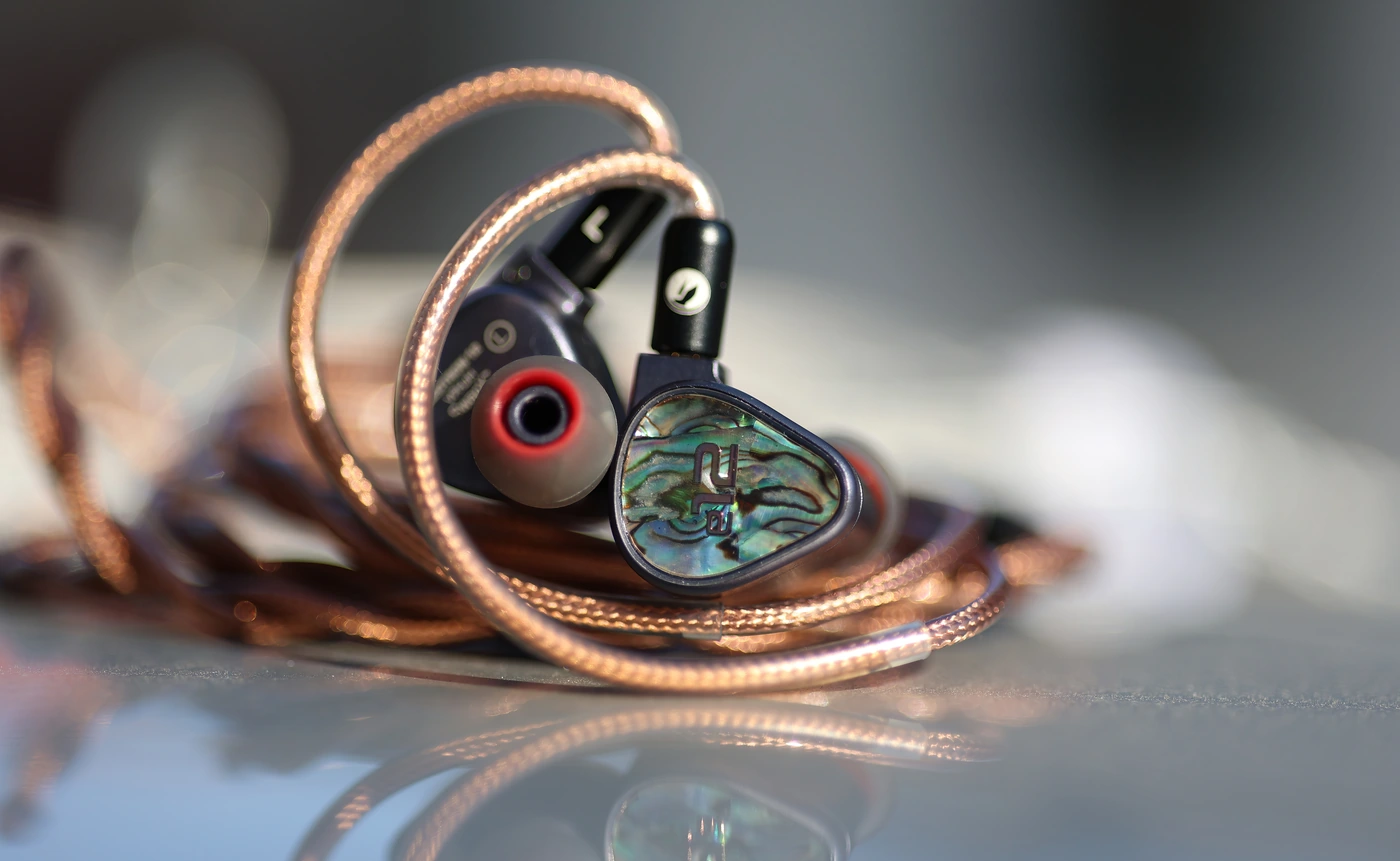
Sound – Sonically, both IEMs go for a stronger bass, transparent midrange, and a stronger treble, so both go for the same V-Shaped tendency, but in practice the sound is very different. FIR e12 touches the sub bass much better, having most of the energy in the sub lows, between 20 Hz and 45 Hz, like a proper subwoofer, while Maven PRO has a lot of energy between 40 Hz and 120 Hz, having more boominess effect, more bloom but both have a transparent, natural sounding midrange. You can hear that Maven PRO uses more drivers, and the sound of e12 is more cohesive, but Maven PRO has a far brighter sound, and we’re talking up to 10 dB of a difference in the treble, so if you enjoy music that is brighter, rock, metal, Maven PRO gets fatiguing quickly, while e12 can be enjoyed with emo, post hardcore, even technical death metal, punk and rock, while Maven PRO is best listened with music styles which are less aggressive.
Pairings
FIR Audio e12 + FiiO Q15 (1799 USD + 399 USD) – Who said you can’t have a clean, deep and powerful sound with a source that won’t break the bank? Q15 is quite excellent for a DAC/AMP, and improvements above it and its price point are usually less noticeable than going each step until you reach a source the quality of Q15. The pairing is dynamic, punchy, wide, but well defined. Using Low Gain on Q15, you don’t even need to go above 60 in volume, but you will get a perfect dynamic range, clarity and precision. The bass is well defined, but not overpowering, midrange is crisp and transparent, while the treble has a strong lower treble energy, this having been the base pairing for most of my review today, and a highly recommended source for e12.
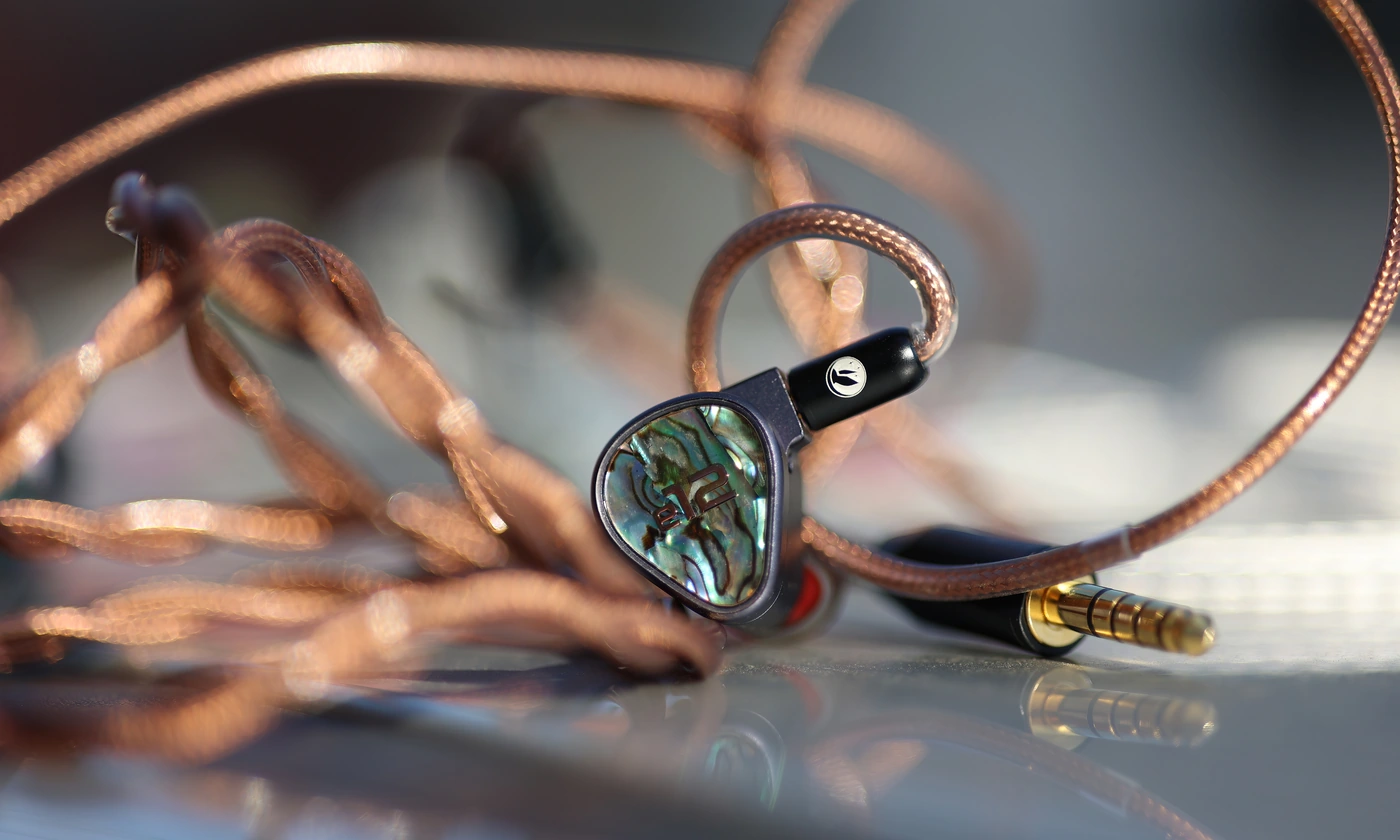
FIR Audio e12 + iBasso DX320 MAX TI (1799 USD + 3499 USD) – DX320 MAX Ti will give proper steroids to the sound of e12, basically enhancing and powering its base signature x2, making it even deeper, even more dynamic, even more punchy and bringing the sound to levels of clarity and precision you wouldn’t think are possible. The best part of this pairing is that DX320 MAX TI has absolutely no hissing and background noise with e12, being able to fully control them at all volumes, but remove the hissing you’re getting with most sources. If you already love the sound of e12, and their strong bass, powerful but transparent midrange, and the sharper lower treble, DX320 MAX TI will enhance that and give you more of what you already have with e12.

FIR Audio e12 + Lotto PAW 6000 (1799 USD + 1200 USD) – This is an odd one out, but if you feel like e12 sounds too powerful, too bassy or if you want to tone down their entire presence and amount, PAW 6K is the best way to soften, brighten the sound, take some of the bass away, but provide an improved resolution, clarity and upper treble extension. There are a few EQ profiles available with PAW 6000, stuff that’s actually not available and not possible with most other sources, and PAW 6000 also doesn’t have any background noise or hissing with e12, allowing you to get a perfect, clean, sharp and well defined sound with none of the problems other sources may have.
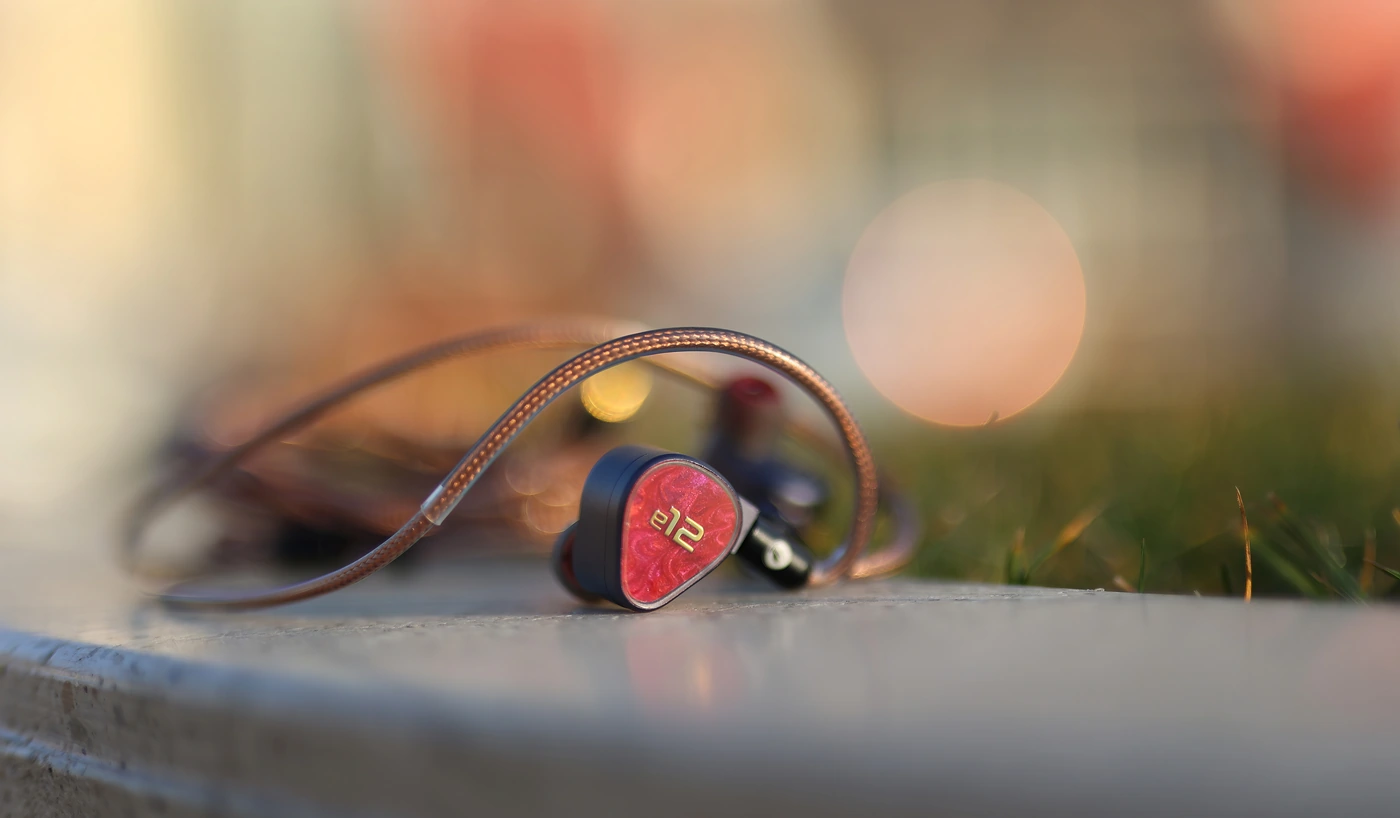
FIR Audio e12 + Astell&Kern A&Futura SE180 (1799 USD + 1500 USD) – Since e12 is a fairly bassy IEM, a more neutral source like SE180 can help maintain a natural, clean and balanced presentation, and e12 gains more width, a more holographic sound when driven from the SE180. I am noticing almost no background noise and hissing when SE180 is the force driving the e12, but you get a slightly leaner bass quantity and presence, but a stronger upper treble presence and sparkle, the sound gets more shimmery and slightly flatter in depth, balancing the strong bass for more treble.
Value and Conclusion
Although often, with flagships I can’t argue that they have a good value, FIR Audio e12 is a flagship IEM I can easily say has outstanding value. The company made sure to make it serviceable, so you won’t ever be left without your favorite music companion, it comes with a high-end cable from the factory, and the replaceable faceplates also allow you to give it a bit of character. Naturally, all of this wouldn’t amount to the 1799 USD price tag, but when you hear the sound, e12 having one of the most convincing bass presentations that I’ve ever heard, one of the first IEMs this year to actually reach the blank point 20Hz, and have a proper bass extension down in the lows, a clean, transparent midrange, and exceptionally defined treble, the price point instantly makes sense.
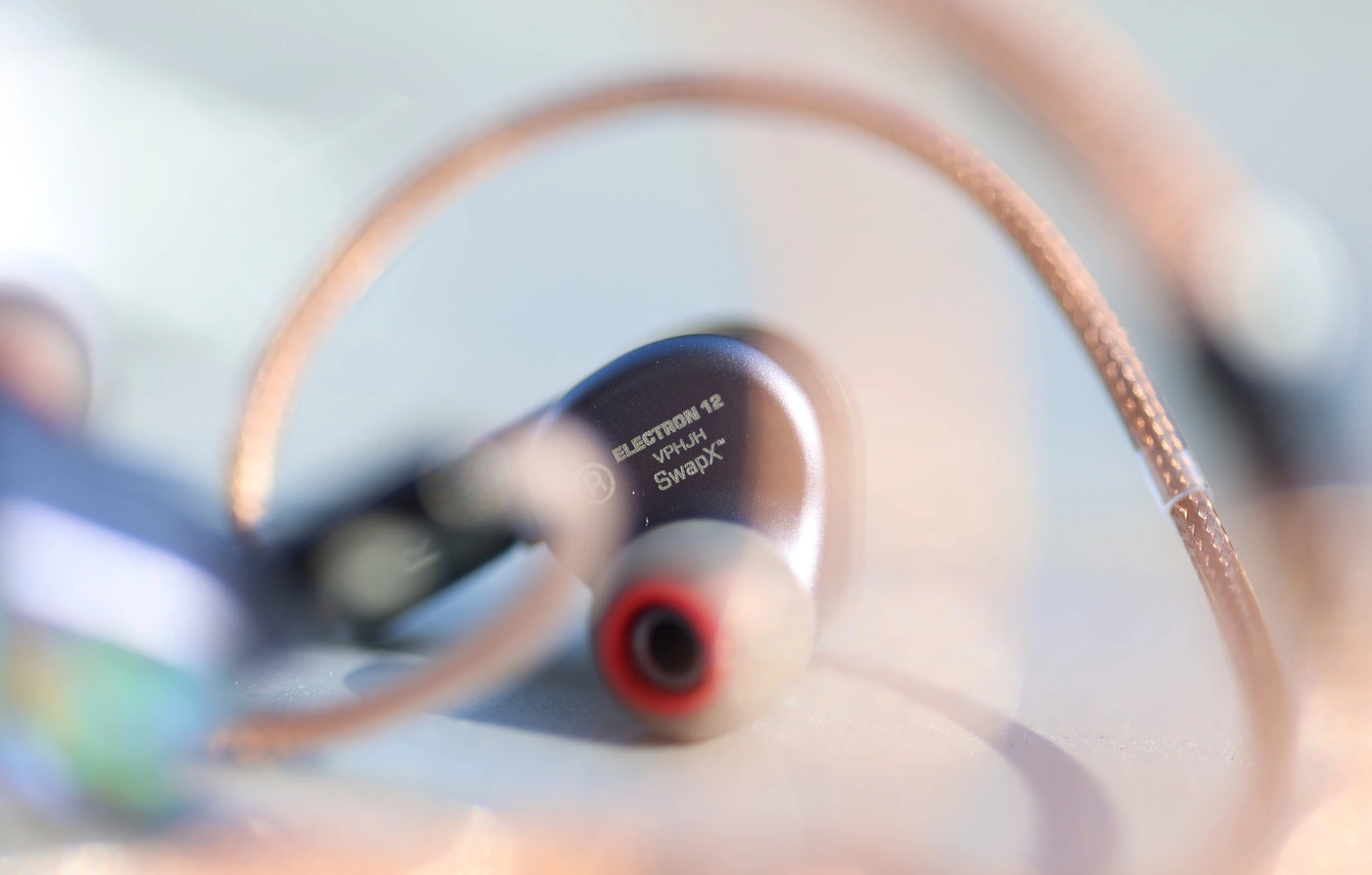
In fact, FIR Audio e12 wins my heart in so many ways, from the full, powerful, deep bass, to the sparkly lower treble, outstnaindg instrument definition and depth, and excellent price / performance that I will be adding it to the Audiophile-Heaven Hall Of Fame for its exceptional performance.
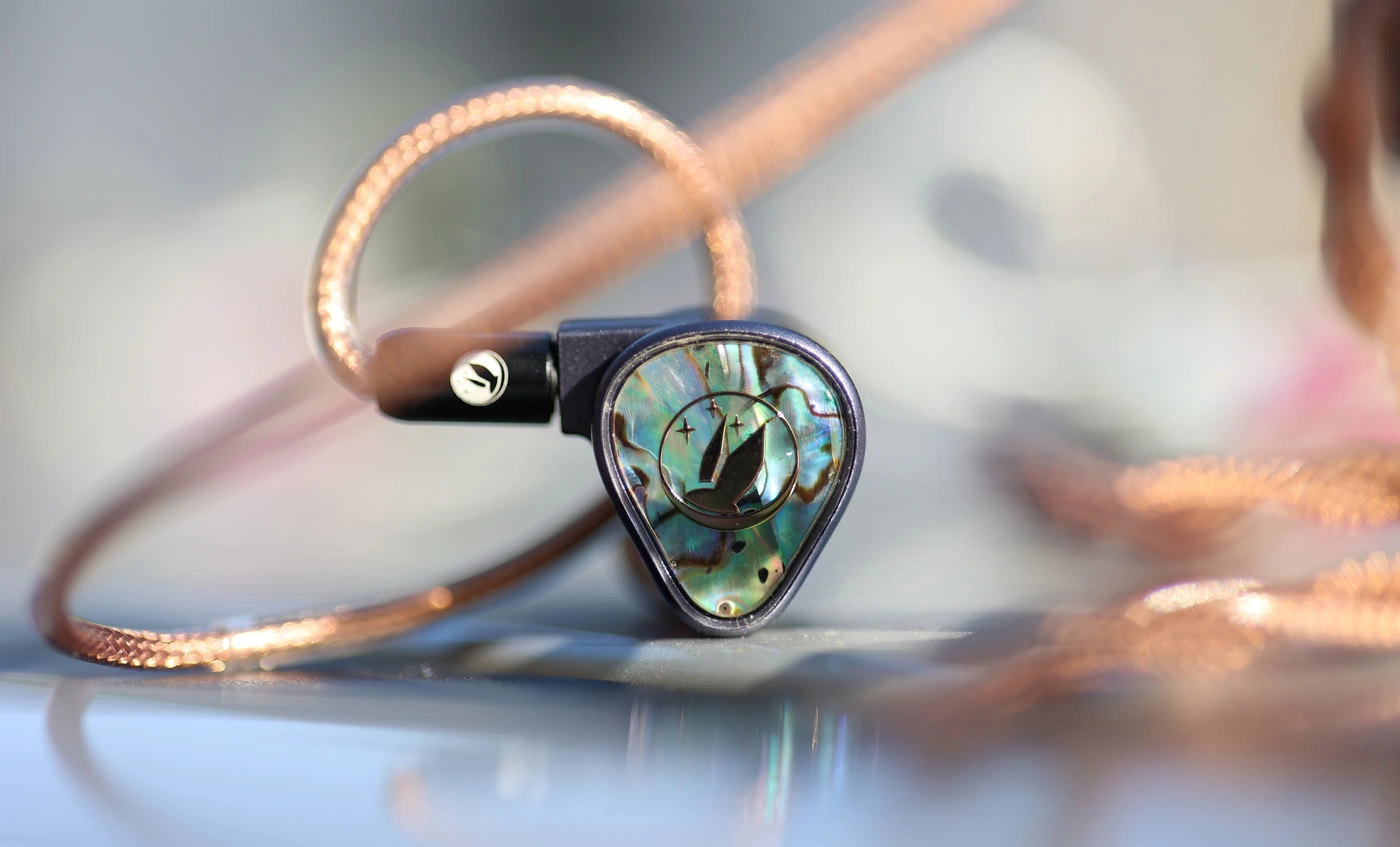
At the end of the day, if you’re looking for a powerful, deep sounding, vivid, dynamic, and detailed IEM with a comfortable fit, high-end cable, and neat leather transport case, FIR Audio e12 should make a companion for years to come, especially as this is one of the very few, if not the only serviceable IEM that I reviewed to date.
Technical Specifications
DRIVER SPECS
Single 12mm Electro-Dynamic Driver with Tactile Bass
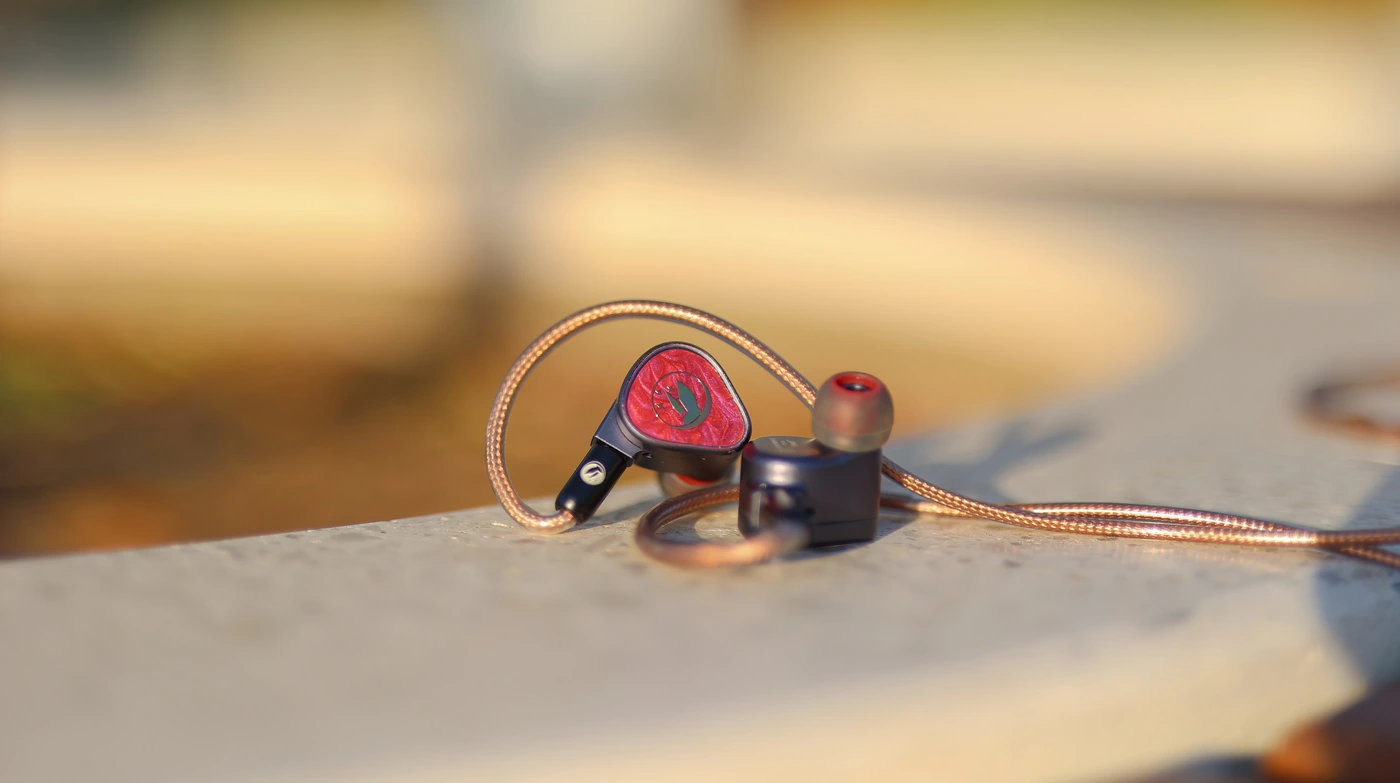
TECH SPECS
Freq. Range: 20-20kHz
Impedance: 16 ohms
Isolation: -17db
FEATURES
SwapX Faceplates Technology
Tactile Bass Technology
ATOM (Internal)
Machined Aluminum Solid Shells
Pure silver, Oxygen-free, copper shielded Clear Cable
Gold-plated balanced 4.4mm Termination
Genuine Leather Protective Case
WARRANTY
1 Year Warranty
Product Link
You can grab one from Fir Audio Officially here – https://www.firaudio.com/store/electron-12
You can grab one from www.amazon.com here – https://amzn.to/3USf5qm
If you’re in the UK, you can grab one from www.amazon.co.uk here – https://amzn.to/48shlrz
And if you’re from Europe, you can grab one from www.amazon.de here – https://amzn.to/3SVWWWf
--- Please remember to stay safe, and always have fun while listening to music!---
- If you have a dime to spare, please donate, and help us! It would make the day brighter for me and my wife-
Full Playlist used for this review
We listened to more songs than those named in this playlist, but those are excellent for identifying a sonic signature. I recommend trying most of the songs from this playlist, especially if you’re searching for new music! The playlists are different for Spotify, Tidal and Youtube, and based on the songs I enjoy and are available on each!
https://www.youtube.com/playlist?list=PL_cjBXGmwSHSdGcwuc_bKbBDGHL4QvYBu
https://open.spotify.com/playlist/5J3oloz8Riy9LxEGenOjQ0?si=979ba4f082414be7
https://tidal.com/browse/playlist/330fd544-8e5b-4839-bd35-676b2edbb3d5
--- Contact Us ---





